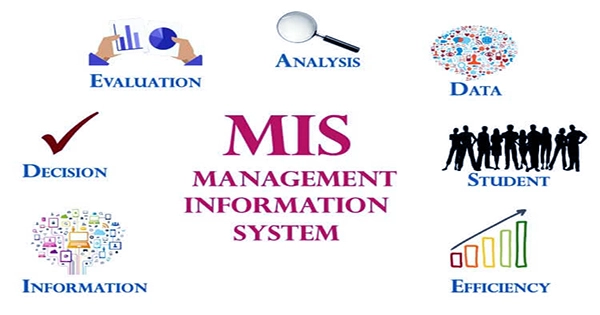The goal is the anticipated result from the actions taken inside the company. It is what drives the organization’s existence. “Goal may be defined as a desirable state of things that organizations try to actualize,” says A. Etzioni. Likewise, Koontz and Weihrich assert that “goals are the objectives toward which behavior is intended – they are the outcome to be reached.” As a result, a goal is a desired outcome that an organization hopes to accomplish in the future through a variety of activities.
- Vision: A broad declaration of its desired course that causes the organization’s members to feel very strongly.
- Mission: It outlines the company’s mission, goals, and who it serves.
The following are the primary motivations for achieving goals:
To give direction and guidance: A goal is a destination that an organization hopes to accomplish. As a result, it outlines the direction in which organizational actions ought to be directed.
To create an excellent plan: Predetermining future activities is known as planning. Only when an organization is clear on its goals can these activities be identified. Goals, therefore, give an understanding of the expectations, the time frame, the abilities required, etc., which aids in the creation of an effective strategy.
Employee: Motivation is the act of making someone more willing to put up greater effort at work. This is only achievable if people believe or accept that their work will satisfy their needs. Since a goal is an outcome, it gives people a sense of what they might be able to accomplish in the future.
To make the best use of the resource: Only when the work is clearly defined, directed, and carried out by motivated personnel can the resource be used optimally. Since everyone is there to achieve the intended result. Thus, having a goal aids in the efficient use of resources.
To evaluate and control: Evaluation and management of organizational performance are crucial to ensuring that the organization’s operations are running smoothly and that personnel is staying within the tract (region, band) of the budgetary allotment and timeline. This is only feasible if a future goal needs to be attained. Thus, the aim serves as a benchmark to guide and manage the actual activity.
















